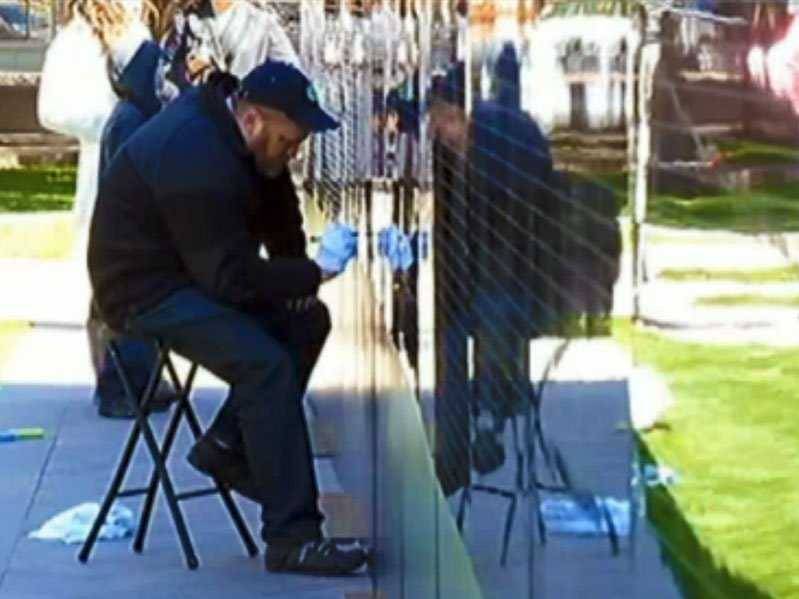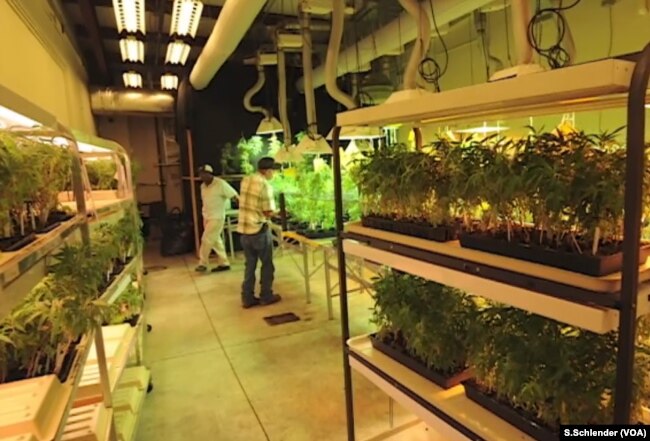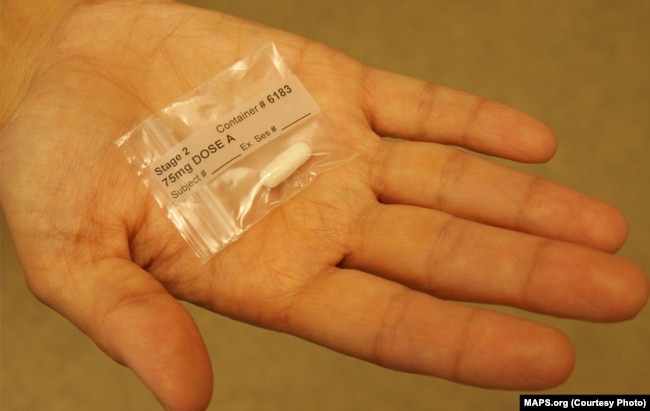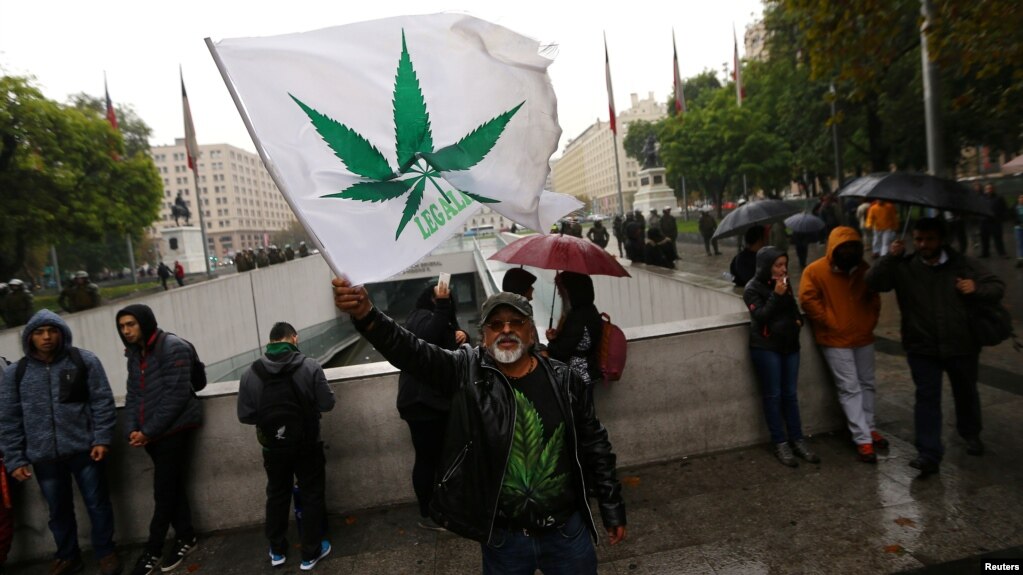| Military.com
by xbradtc
Oh really? Kinda blows one away. But, if it works . More @ PTSD Study Findings Reinforce Case for Ecstasy | Military.com | Bring the heat, Bring the Stupid
[And wonder how many will suddenly claim suffering from PTSD]

by xbradtc
A drug popular through the 1970s and only made illegal in the 1980s has been shown to be effective long-term in treating people with post-traumatic stress disorder, according to a study published Tuesday in the Journal of Psychopharmacology.
Oh really? Kinda blows one away. But, if it works . More @ PTSD Study Findings Reinforce Case for Ecstasy | Military.com | Bring the heat, Bring the Stupid
[And wonder how many will suddenly claim suffering from PTSD]









